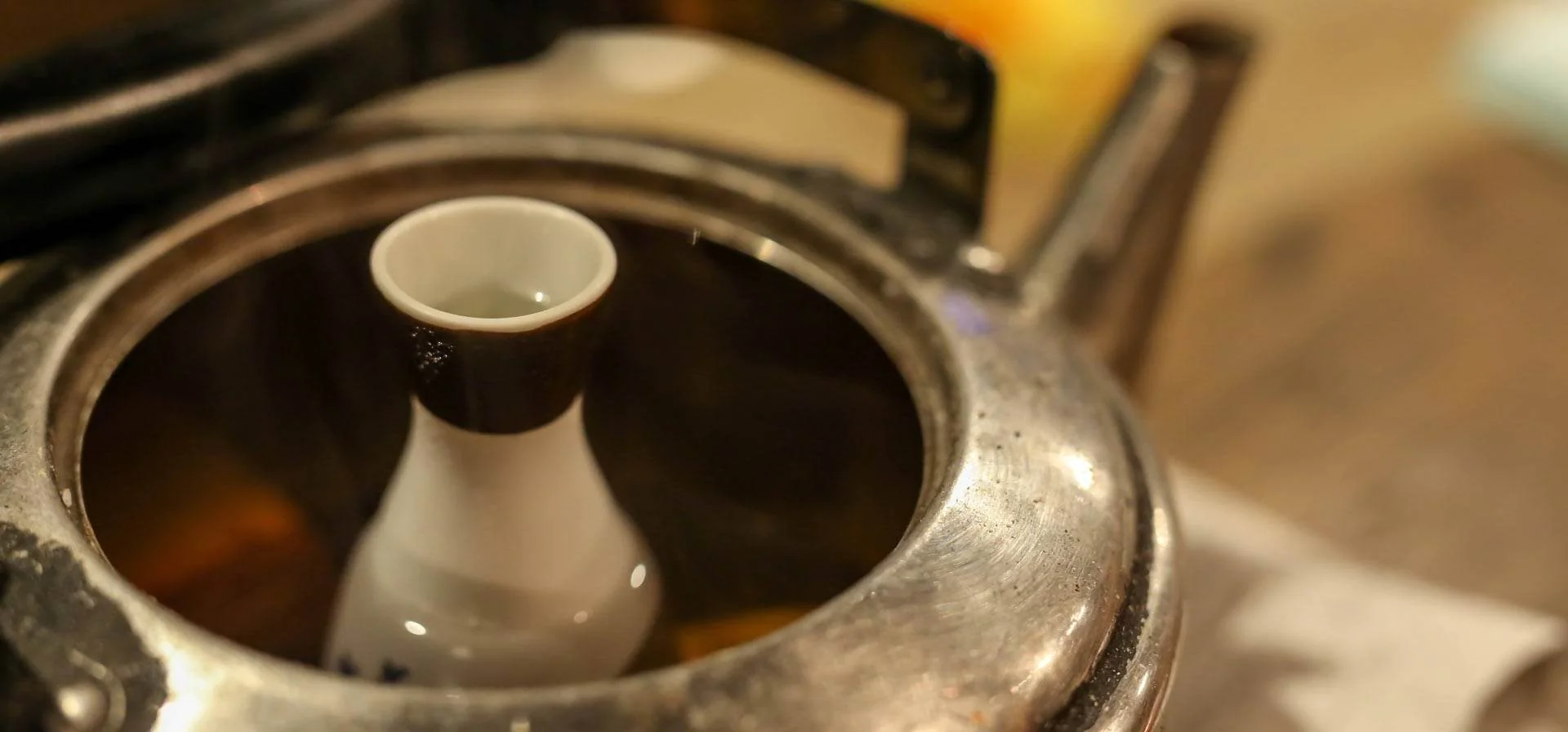Sake Guide Lesson 5: How To Store Sake
Proper storage and handling is absolutely essential to enjoy sake at its best. Sake has a relatively stable shelf life, but while some can be kept at room temperature, other delicate types require refrigeration. Read our tips below on how to store your sake before and after opening, key things to remember, and expiration dates.
Storing temperature for different types of sake
First, note that the storing temperature is different from the serving temperature. Sake that was previously stored in the fridge can be enjoyed at room temperature. Likewise, sake that was maintained at room temperature can be chilled and consumed. If you want to enjoy it chilled, put it in the fridge the night before.

Storing temperature vs. serving temperature
Prior to opening, most sake can be kept at room temperature in a dark place. Other delicate sake such as nama, ginjo and daiginjo requires more attention.
For nama sake, we strongly recommend putting it in the fridge as soon as possible. “Nama” means “unpasteurized” in Japanese. Typically, sake is pasteurized (heated up) twice to stop fermentation in the traditional brewing method. Recently, however, many breweries are producing unpasteurized products because its fresh and dynamic flavor is becoming more popular. In nama sake, microorganisms like yeasts are still alive, which means that there is a risk of flavor change. To keep its original taste, it should be stored in the fridge because microorganisms hibernate at temperatures lower than 40 degrees Fahrenheit.
For ginjo and daiginjo, it is best to put it in the fridge, too. Although ginjo and daiginjo are fine being kept at room temperature because it has already been pasteurized, some are relatively delicate, as its fragrant aroma and fruity flavor can change in higher temperatures. If your home or storage area is prone to warm, extreme temperatures, it is overall better to keep ginjo and daiginjo sake in the fridge.

Different types of sake requires different storage treatment, before and after opening the bottle.
Things to avoid when storing sake
After determining the type of each sake, you can prepare a place for storing it. Here are three conditions that do not go well with sake:
- Ultraviolet light: Keep your sake away from direct sunlight. If possible, LED light is recommended rather than fluorescent light.
- Temperature change: Even if an area is usually cold, it’s better to assume that temperatures change by a gas stove or behind the fridge or so. Find a dark and cool place.
- Strong smells: Some sake and their bottles can be affected by strong smells.

Avoid bright lighting, extreme temperatures and strong smells.
What to do after opening a bottle
Regardless of the type of sake, we recommend putting it in the fridge after opening.
The timeline for consumption depends on the sake. A few days are safe. Some sake can stand for a week or longer. A good rule of thumb is that nama is better to be consumed immediately because of its vulnerability, but the expiration still depends on the product. If you feel the flavor of your sake is too “bright,” you can leave it for a few days. Quick aging sometimes makes sake milder and tastier!

A note on “expiration dates”
Sake bottles only show production dates (specifically, when it was bottled). The majority of brewers do not list an official expiry date because the comparatively high alcohol content keeps the sake relatively stable and prevents it from rapidly deteriorating. Keep in mind, of course, that nama and others will need to be consumed sooner because of its delicate characteristics. Again, it really depends on the type of sake in question. We recommend enjoying your sake as soon as you have a reason to celebrate, as brewers declare the sake ready for consumption at its optimum condition! However, the general consensus is if you carefully store and handle your sake (away from light, heat and strong smells), it can be kept unopened for a long period of time.
Don’t forget: The best environment is different for each type of sake. Proper storing and handling makes your sake tasty!
Can I microwave sake? Learn how to properly warm/chill your sake in Lesson 6: How To Drink and Serve Sake.
Next Lesson 6: How To Drink and Serve Sake
Sign up to receive special offers and sake inspiration!

